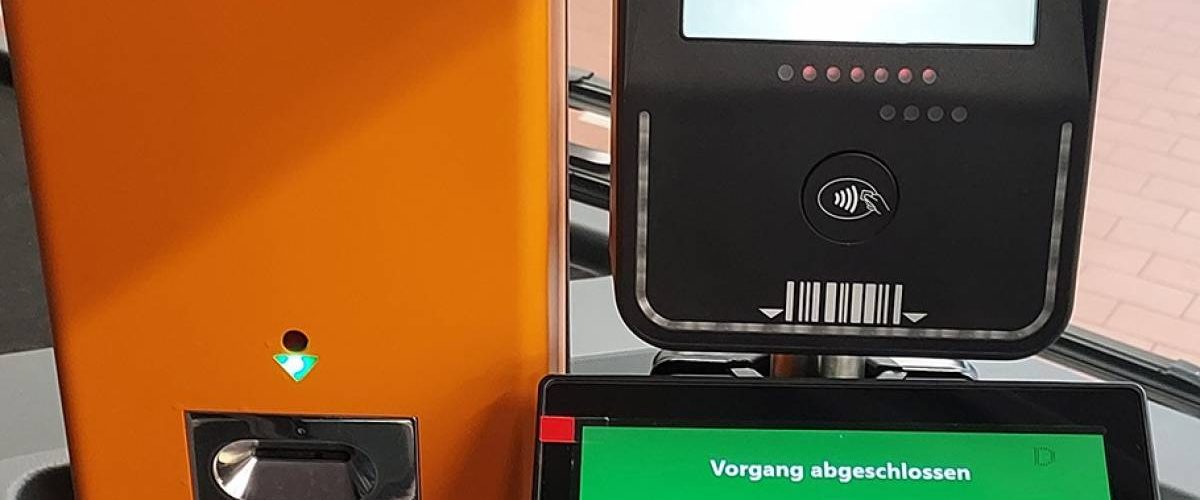As part of a three-month pilot project, AMCON implemented an ID-based ticketing system for Nahverkehr Schwerin GmbH (NVS) to enable anonymous and easy payment in three modern city buses. The system builds on an extension of existing modules in the backend. Each of the three buses was equipped with a validator and a bus board unit. The validator can read contactless payment cards — including Giro cards from the German banking industry, credit cards, and NFC-based mobile payment methods — according to PCI (Payment Card Industry) standards. In addition, a separate inspection app was developed for verifying travel authorizations and installed on NVS’s existing AMCON inspection devices. “We want to take an ecologically responsible approach to the future, and doing away with cash and paper tickets plays an important role in that. With this pilot project, we are taking a further step toward fully sustainable mobility in Schwerin,” says Cornelia Lenschow, Head of Marketing and Sales at Nahverkehr Schwerin GmbH.
How ID-based ticketing works
When boarding the bus, passengers simply hold their contactless debit or credit card up to the validator. Upon first use, the validator generates a token for the payment card and transmits this information to the backend system. From that point on, the token is permanently linked to the payment card and is used for all subsequent actions performed with that card, it cannot be altered. At the same time the token is sent to the backend system, the transaction is also forwarded to the payment service provider, who processes the payment and debits the fixed fare amount from the customer’s payment card. During the pilot phase, each ride is charged at a flat rate of one euro. To ensure passengers can present proof of payment during ticket inspections, AMCON developed a new inspection app. The tokens generated by the validators are transmitted to the bus’s board unit, where they are stored on a whitelist. The inspectors’ existing AMCON inspection devices connect to the board unit via Wi-Fi and download the tokens of all checked-in payment cards on board. When a passenger is inspected, it’s enough to show the payment card they used. The device reads the card, compares it against the whitelist of valid tokens, and confirms whether the passenger holds a valid ticket.
What happens after the test phase?
The pilot phase is initially planned for three months, during which passengers pay a flat rate of one euro per ride. Throughout this period, data will be collected, surveys conducted, and the requirements for each part of the project will be evaluated. Following this trial run, the system is expected to be expanded to additional vehicles. Several expansion stages are under consideration, including fare models based on route zones, zone grids, or even best-price billing. In the long term, the anonymized ID-based ticketing system could evolve into a account-based ticketing model, where the user is identified. This would allow for personalized offers and promotions, and the card could also be used, for example, as a monthly pass.

